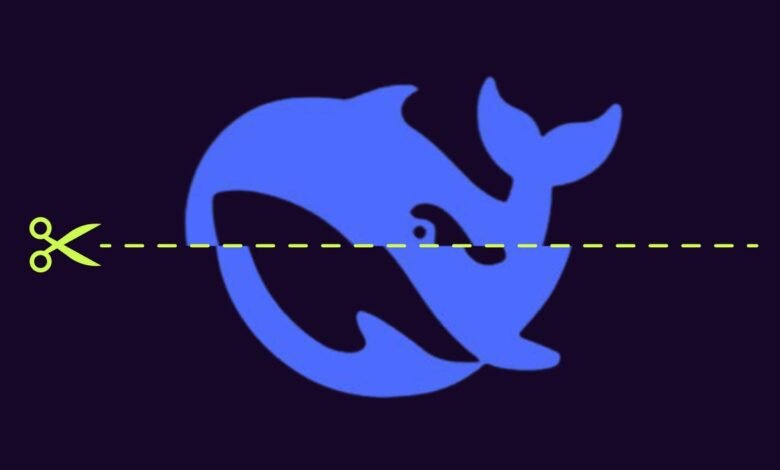DeepSeek’s AI Model Slashes Prediction Costs by 75%

▼ Summary
– DeepSeek’s new AI model DeepSeek-V3.2-Exp reduces inference costs by 75%, from $1.68 to $0.42 per million tokens.
– The innovation uses sparsity techniques to reduce computational costs by training the model to focus only on relevant data subsets.
– A key component is the “lightning indexer” that identifies a smaller token subset for attention calculations, significantly speeding up processing.
– The approach maintains similar performance accuracy to the previous DeepSeek-V3.1 model without substantial degradation.
– This represents an evolutionary improvement in attention mechanisms rather than a revolutionary breakthrough in AI technology.
DeepSeek’s latest AI innovation dramatically reduces prediction expenses by 75%, marking a significant advancement in making artificial intelligence more accessible and affordable for widespread use. The Chinese AI startup has unveiled its DeepSeek-V3.2-Exp model, which slashes inference costs from $1.68 to just 42 cents per million tokens. This breakthrough represents the company’s continued commitment to driving down computational expenses while maintaining performance standards.
The core innovation revolves around sophisticated techniques that optimize how AI models process information. Rather than completely overhauling existing systems, DeepSeek has refined its approach to what’s known as “sparsity” – essentially teaching the AI to focus only on the most relevant data points. Think of it as training someone to quickly identify key information in a massive library rather than reading every single book.
At the heart of this efficiency improvement lies a clever reworking of the attention mechanism, which is typically one of the most computationally demanding aspects of AI operations. When you interact with an AI chatbot, the system compares each word you type against previous words and its entire vocabulary database. This process involves complex mathematical calculations that become exponentially more demanding as conversations grow longer.
DeepSeek’s solution involves what they’ve termed a “lightning indexer” – a specialized component trained alongside their previous V3.1 model. This indexer acts like an intelligent filter, quickly identifying which parts of the vocabulary are most likely relevant for any given query. By narrowing down the search field, the system dramatically reduces the computational workload without sacrificing accuracy.
The researchers report that their DeepSeek Sparse Attention method delivers substantial speed improvements, particularly in scenarios involving lengthy conversations or documents. Testing indicates the system maintains comparable performance to its predecessor across both short and extended contexts, while consuming significantly fewer computational resources.
Beyond the sparsity improvements, the team enhanced the model through specialized training on mathematics and coding tasks. This domain-specific optimization further contributes to the overall efficiency gains, though the researchers acknowledge that broader real-world testing remains ongoing.
While this development represents meaningful progress, it’s important to recognize it as part of a broader evolutionary trend in AI efficiency. Various research teams have been exploring different attention mechanisms for years, including multi-query attention, grouped-query attention, and flash attention. DeepSeek itself previously introduced multi-head latent attention in its V3.1 model.
The current innovation builds upon this established research tradition rather than representing a complete paradigm shift. What makes it noteworthy is the substantial cost reduction achieved through careful engineering refinements. As AI continues to integrate into more applications and services, such efficiency improvements become increasingly valuable for making advanced AI capabilities economically viable across different use cases and market segments.
(Source: ZDNET)




